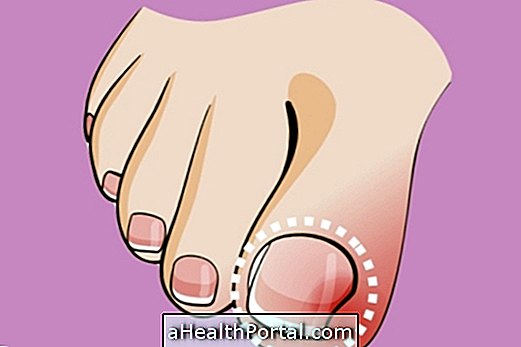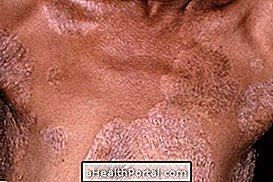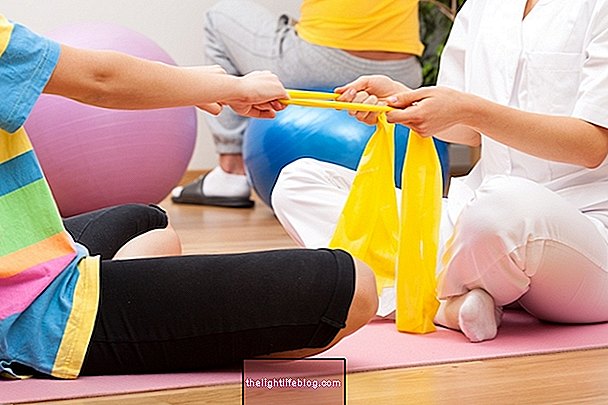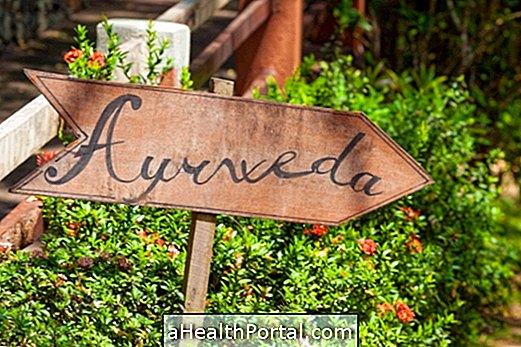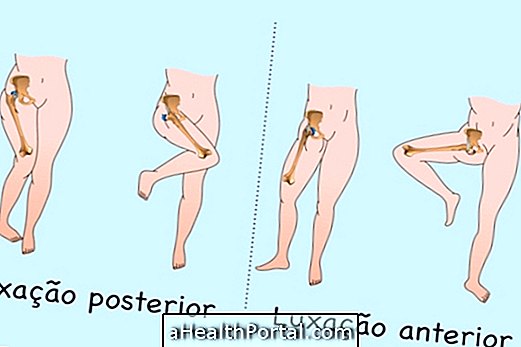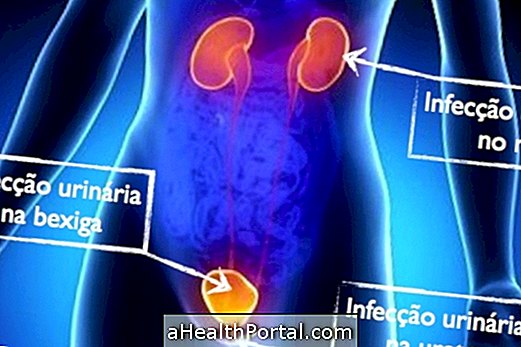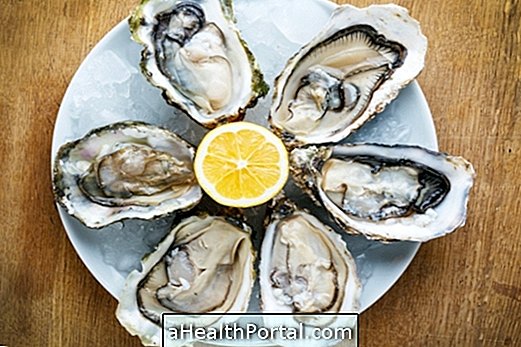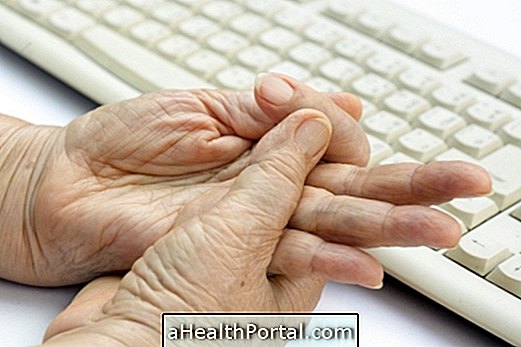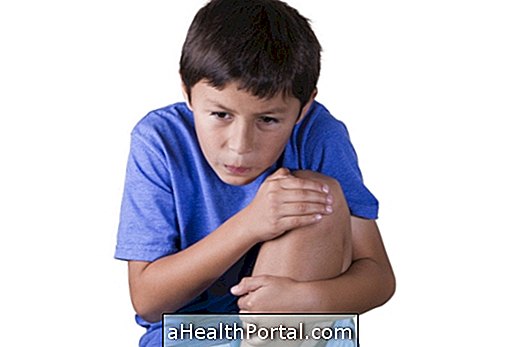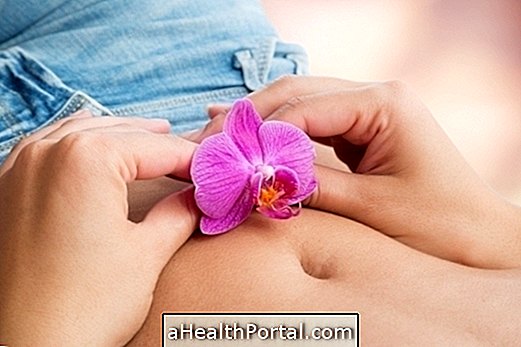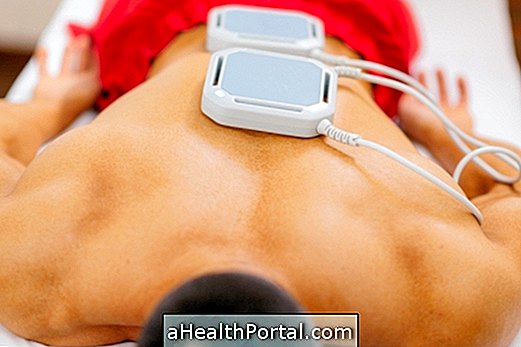A large part of the causes of falls in the elderly can be preventable, and it is necessary to make small changes in the person's lifestyle, such as wearing non-slip shoes and making adjustments in the home, such as having good lighting, for example.
Generally, the main risk factor for falls in the third age is aging, which is when greater loss of muscle mass occurs, increases imbalance and visual difficulties. The use of inappropriate footwear and clothing, the sedentary lifestyle and the presence of objects and steps in the house also contribute to the occurrence of falls and therefore it is important to love some measures to avoid them.
The main steps for fall prevention are:
- Wear closed shoes, well adapted to the foot and with non-slip sole, avoiding walking barefoot or with slippers;
- Do not wear long or loose clothing to avoid tripping;
- Do physical activity and stretching exercises every week to keep your bones and muscles active. Get to know some exercises in: Physical activity for the elderly.
- Maintain a diet rich in calcium and vitamin D to prevent bone weakening and osteoporosis;
- Go to the ophthalmologist at least once a year to adjust the degree of the glasses;
- Make adaptations in the house to make the elderly easier to move, such as maintaining good lighting, avoiding carpets and objects on the floor, and using grab bars at strategic locations such as the bathroom and beside the bed.
In addition, other situations, such as the use of medication, the presence of multiple diseases and mental confusion, common situations at this stage of life, contribute to the occurrence of falls, and it is important to identify these situations. Find out what are the main causes and consequences of falls in the elderly.

Physical therapy for fall prevention
Physical therapy is important for training and recovery of agility, strength and balance, especially in the elderly who already have some type of limitation for locomotion, usually caused by diseases such as osteoarthritis, or after they have suffered a fall.
In addition, physical activities are also recommended to prevent falls, as they are useful for preserving muscle strength and motor coordination, and some more indicated exercises are tai-chi, fast walking, and bodybuilding.
Water exercises, such as hydrotherapy, swimming or water aerobics, are also highly recommended as they offer the benefits of any activity but without overloading the muscles and joints.

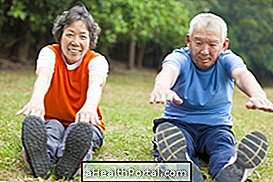
How to prepare the elderly home
To avoid falls, it is important to make changes in every room in the home of the elderly, in order to make the home safer. These include:
- Light the house well: it is essential that the various rooms are well lit and that there is a night light in the room;
- Maintaining ample house space: It is important to remove furniture, carpets and objects, such as vases, that hinder the person's movement. In addition, it is important to wire the household appliances to the wall and, if possible, by an anti-slip floor, especially in the kitchen and bathroom;
- Keep objects within the reach of the elderly: keep all objects within reach, such as light switches, as well as not use the highest part of the cabinets.
- Using restraints: it is important to put safety bars in the house, for example inside the box, which give more balance to the elderly. Some elderly people with difficulty walking may need supports such as walking sticks or walking, as a way to have more safety in locomotion;
- Pay attention to the steps, which should be avoided, but if this is not possible, it is important to put slip-resistant stripes and paint them with bright colors and handrails to give better support.
In some cases, for the home to be safe for the elderly, it may be necessary to replace the stairs with a ramp. See more about how the home is adapted for the elderly
